Seiichi Yoshida's Diary of Comet Observations (2013)
|
Japanese version Home page |
Updated on November 17, 2013 |
![]()
|
Go to Seiichi Yoshida's Diary of Comet Observations in 2014. |
![]()
|
|
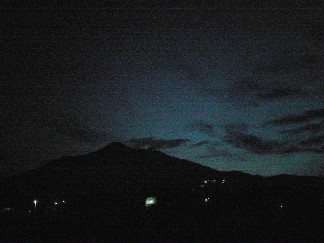 |
I observed 4 comets visually on Nov. 8 on Mt. Tsukuba, Ibaraki, Japan.
Although it was cloudy around 3 o'clock, the weather became fine with no clouds until the morning. But clouds came again from the south after the morning glow began, and covered the whole sky until the sunrise.
Many people visited Mt. Tsukuba, probably to observe Comet ISON.
C/2012 S1 ( ISON )
8.3 mag Dia. 2.8' DC 7 (40.0-cm reflector 36x)
8.4 mag Dia. 3.4' DC 7 Tail 9' (p.a. 290 deg) (40.0-cm reflector 75x)
It looks very cool with a long tail.
C/2012 X1 ( LINEAR )
8.6 mag Dia. 4.6' DC 1-2 (40.0-cm reflector 75x)
Very large and diffuse. It looks well after rising higher.
C/2013 R1 ( Lovejoy )
6.0 mag Dia. 18' DC 7 (10x70 monocular)
Very bright! Very large, and very strongly condensed.
2P/Encke
7.5 mag Dia. about 4' DC 8 (40.0-cm reflector 36x)
I was surprised! Extremely strongly condensed. It looks almost stellar at a glance. Completely different from my last observation in mid October. I wondered if an outburst occured.
|
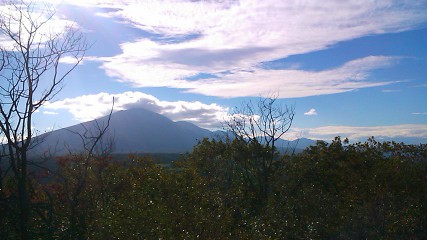 |
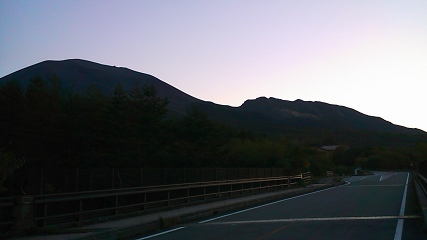 |
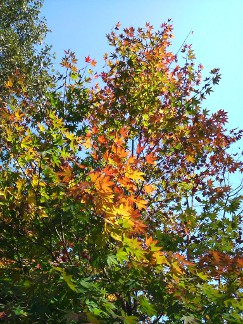 |
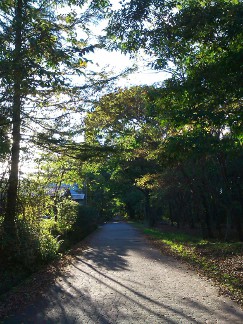 |
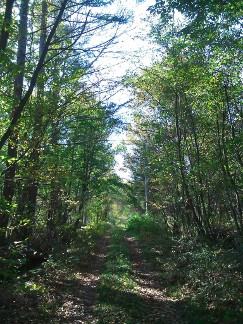 |
I observed 11 comets visually between Oct. 11-13 in Kita-karuizawa, Gunma, Japan.
The weather kept fine all through the holidays.
On Oct. 11, strong wind easily moved my telescope. Half of the sky was covered by heavy clouds. But fortunately, the sky around the comets were clear. The sky was completely fine with no clouds on Oct. 12 and 13.
I also observed Nova Del 2013 (V339 Del), a 4-mag naked-eye nova in August, as 10.1 mag on Oct. 11.47 (UT).
C/2010 S1 ( LINEAR )
Oct. 11 13.8 mag Dia. 0.8' DC 5 (40.0-cm reflector 257x)
Oct. 12 13.4 mag Dia. 0.3' DC 4 (40.0-cm reflector 257x)
Faint and hard to see. The condensation became weaker than before. Maybe I underestimated the size on Oct. 12 due to a faint star close to the comet.
C/2011 J2 ( LINEAR )
Oct. 11 13.8 mag Dia. 0.8' DC 3 (40.0-cm reflector 144x)
Oct. 12 13.4 mag Dia. 0.8' DC 4 (40.0-cm reflector 144x)
Oct. 13 13.9 mag Dia. 0.9' DC 4 (40.0-cm reflector 144x)
Faint, but visible with averted vision. Well visible on Oct. 12 probably due to the clear sky condition.
C/2011 L4 ( PanSTARRS )
Oct. 11 fainter than 12.6 mag Dia. 0.9' (40.0-cm reflector 144x)
Oct. 12 fainter than 12.9 mag Dia. 1.1' (40.0-cm reflector 144x)
Oct. 13 fainter than 12.6 mag Dia. 0.5' (40.0-cm reflector 257x)
Already too faint to see.
C/2012 F6 ( Lemmon )
Oct. 11 11.7 mag Dia. 1.4' DC 4 (40.0-cm reflector 144x)
Oct. 12 11.6 mag Dia. 1.4' DC 3-4 (40.0-cm reflector 144x)
Oct. 13 11.7 mag Dia. 1.2' DC 4 (40.0-cm reflector 144x)
I could see this comet after almost one year blank. Unexpectedly, the comet is still bright.
C/2012 S1 ( ISON )
Oct. 11 10.4 mag Dia. 2.2' DC 4 (40.0-cm reflector 75x)
Oct. 12 9.9 mag Dia. 3.1' DC 5 (40.0-cm reflector 75x)
Oct. 13 10.7 mag Dia. 2.5' DC 3 (40.0-cm reflector 75x)
My first observation of Comet ISON. Already very bright. I felt somewhat elongated on Oct. 11 and 12. It was well condensed on Oct. 12. However, I felt the comet became diffuse and weakly condensed on Oct. 13.
P/2013 J2 ( McNaught )
Oct. 11 14.3 mag Dia. 0.5' DC 5 (40.0-cm reflector 257x)
Oct. 12 fainter than 13.3 mag Dia. 0.4' (40.0-cm reflector 257x)
I could see it, probably because the moon was hidden by heavy clouds. Very tiny.
C/2013 N4 ( Borisov )
Oct. 12 10.8 mag Dia. 1.3' DC 3-4 (40.0-cm reflector 144x)
Hard to see due to the extremely low location. Brighter than expected. But maybe I overestimated.
C/2013 R1 ( Lovejoy )
Oct. 11 9.3 mag Dia. 5' DC 4 (40.0-cm reflector 36x)
Oct. 12 10.4 mag Dia. 4.5' DC 5 (40.0-cm reflector 36x)
Oct. 13 9.3 mag Dia. 6.5' DC 4 (40.0-cm reflector 36x)
Very bright and large! Smaller than 2P/Encke, but more condensed.
2P/Encke
Oct. 11 8.3 mag Dia. 7' DC 2 (40.0-cm reflector 36x)
Oct. 12 8.5 mag Dia. 7.5' DC 2-3 (40.0-cm reflector 36x)
Oct. 13 8.4 mag Dia. 8' DC 2 (40.0-cm reflector 36x)
Very bright and large!
154P/Brewington
Oct. 11 10.8 mag Dia. 2.7' DC 0-1 (40.0-cm reflector 75x)
Oct. 12 11.1 mag Dia. 1.5' DC 0-1 (40.0-cm reflector 144x)
Very large, and extremely diffuse. Easily visible on Oct. 11, probably because the moon was hidden by heavy clouds.
290P/Jager
Oct. 11 fainter than 13.8 mag Dia. 0.5' (40.0-cm reflector 144x)
Oct. 12 fainter than 14.5 mag Dia. 0.4' (40.0-cm reflector 257x)
Oct. 13 14.6 mag Dia. 0.4' DC 5 (40.0-cm reflector 257x)
Near limit. Looks similar to a faint background stars.
|
|
|
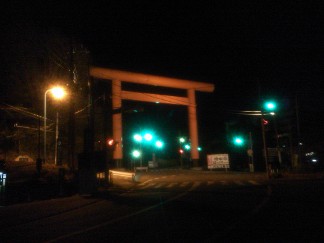 |
I observed 2 comets and an asteroid 2012 DA14 visually on Feb. 15 on Mt. Tsukuba, Ibaraki, Japan.
Although it was rainy in daytime, the sky became completely fine around midnight as the weather forecast predicted. Although Tsukuba City was in the dense fog, the sky was clear on Mt. Tsukuba. So I could enjoy the historical close flyby of an asteroid 2012 DA14.
I also tried to observe C/2006 S3, but it was blended with a neaby 12 mag star and I could not oberve.
C/2011 R1 ( McNaught )
12.6 mag Dia. 1.1' DC 3 (40.0-cm reflector 144x)
Difficult to see because locating near by a pair of double stars, but I could see the comet.
273P/Pons-Gambart
10.8 mag Dia. 2.1' DC 5 (40.0-cm reflector 144x)
I was filled with deep emotion because finally I could see the long lost comet D/Pons-Gambart. The comet looks well condensed. But anyway, must fainter than I had expected. I had imagined D/Pons-Gambart would be a historical great comet...
2012 DA14
7.1 mag DC 9 (10x70 monocular)
7.2 mag DC 9 (40.0-cm reflector 36x)
Easy to find exactly at the predicted position. I was observing it during 20 minutes, but the brightness did not change at all.
![]()
|
Go to Seiichi Yoshida's Diary of Comet Observations in 2012. |
![]()